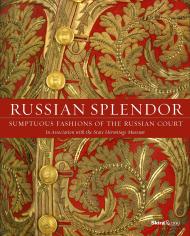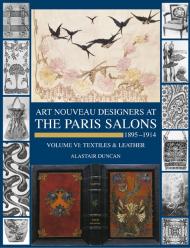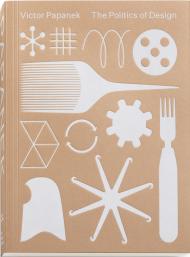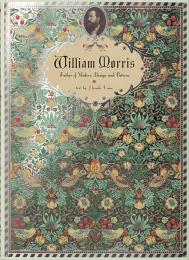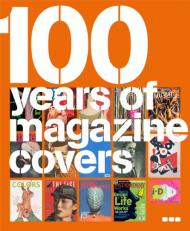Published in association with the V&A, a comprehensive history of plywood, from its use in 18th-century furniture to its popularity in the digital age
Plywood is an astonishingly versatile material, made by gluing together layers of cross-grained veneers, creating a pliable board that can be stronger than solid wood. Stylish and practical, plywood offers huge possibilities for experimental design, and it has been used to make a wide range of products, from aeroplanes, boats and automobiles to architecture and furniture. This book traces the history of plywood from its use in 18th-century furniture, through its emergence as an industrial product in the 19th century, to a material celebrated by 20th-century modernists such as Alvar Aalto and Charles and Ray Eames. An ideal material for the digital age, plywood has become popular again in recent years and is widely used in contemporary design and manufacture.
Produced to accompany an exhibition at the V&A, this book is the first comprehensive study of the history of plywood and its myriad applications throughout the ages, unveiling the stories behind objects that surround us and that we often take for granted.
Издательства
- Rizzoli (14)
- Thames & Hudson (12)
- Standards Manual (4)
- Fuel (3)
- Prestel (3)
- Laurence King Publishing (3)
- Phaidon (2)
- Taschen (2)
- Vitra Design Museum (2)
- Flame Tree Publishing (2)



